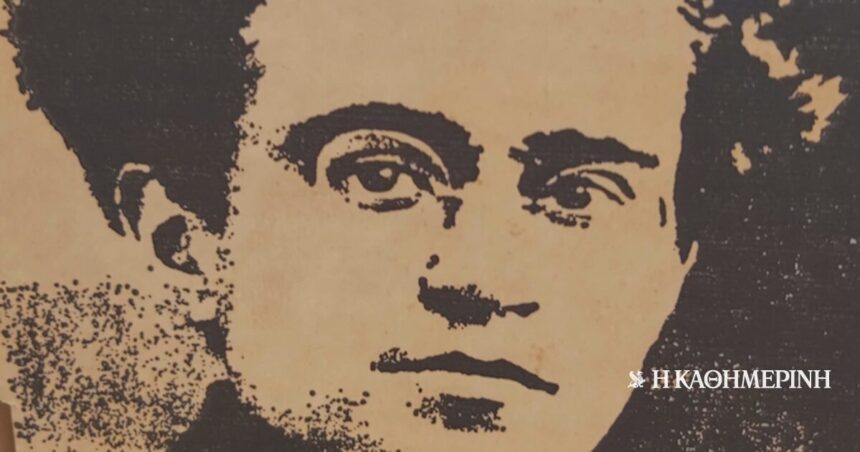On January 21, 1921, the Italian Communist Party was founded in Livorno (Partito Comunista d’Italia, PCI), marking an important moment in the history of the world communist movement and the Italian left. This was the culmination of ideological controversy within the Italian socialist movement and reflected to some extent the broader political rearrangements after World War I, which re -indigested in Europe.
The establishment of PCI marked the start of a new era for the Italian left
The PCI emerged from the breakdown of the Italian Socialist Party (Partito Socialista Italiano, PSI) during its 17th conference, held in Livorno. The conference dominated intense discussions about the future direction of the party, especially as to his attitude towards the Bolsheviks revolution in October 1917 and the emerging Communist International (Comintern). The lineup that would form PCI, with led personalities such as Amadeo and the Antonio Gramscisupported a revolutionary, Leninist approach to achievement of socialism. He rejected what they perceived as the PSI reformism and inadequate commitment to the logic of class struggle.
The early 1920s were a volatile period in Italy, determined by economic volatility, growing social upheaval and the consequences of World War I. The soldiers who returned from the front were facing unemployment, while industrial workers and farmers were increasingly attracted to socialist and communist ideals, Inspired, among other things, the Russian Revolution. Strikes, factories and seizures of land described the so-called “Biennio Rosso” in 1919-1920, increasing tensions between the working class and the ruling elite.
PSI, the dominant historically leftist power in Italy, struggled to move on to these troubled times. His leadership was divided among those who gradually sought to change by parliamentary media and those who supported revolutionary rhetoric, but hesitated to take decisive action. This indecision aPomnided the Radical Wing of the Partycreating the opportunity to establish a separate communist organization.
At the Congress in Livorno, the revolutionary section, frustrated by PSI’s refusal to fully align with the Comintern, he left. Led by Bordiga and Gramsci, along with Palmiro Toliati and other basic executives, they founded the PCI. The new party adopted a Leninist framework, emphasizing strict party disciplinein the role of the party as the guidance of the proletariat and the necessity of the revolution to overthrow capitalism.
The PCI has withstood and evolved into a strong force in post -war Italy, where it became one of the largest communist parties in the Western world
Amadeo Bordiga, a prominent theoretical and first leader of the PCI, focused on ideological purity and rejected alliances with other political forces, including socialist reformists. THE Antonio Gramsci on the other hand, brought a different perspective. His later writings, especially for the cultural hegemony and the role of the intellectuals in shaping social standards, would deeply influence Marxist thought worldwide.
The establishment of the PCI marked the start of a new era for the Italian Left. Initially small and confronted with severe repression, the party struggled to gain ground during the establishment of the fascist regime of Benito Mussolini, which sought to crush any opposition. Many PCI leaders, including Gramsci, were arrested and the party shrunk. Despite these challenges, the PCI has withstood and evolved into a strong force in post -war Italy, where it became one of the largest communist parties in the Western world.
The formation of the PCI was not just a domestic event; it was part of a wider wave of communist movements inspired by the Russian Revolution and coordinated by the Comintern. The later history of the party reflected the complexity of balancing the ideological commitment to practical policy in a changing world. Today, PCI’s legacy continues to be studied as a critical chapter in the history of socialism and communism, as well as as a perspective through which the challenges of building a revolutionary movement in a capitalist society are examined.
Column Curator: Myrto Katsiera, Vassilis Minakakis, Antigoni-Despina Poumenidou, Athanasios Syroplakis




